
It’s a subtle thing, and lately I’ve been pondering my reasons for resisting as I’ve been examining some motivations. There are days when working or when in difficult relationships where I can feel this drag right under my skin. What is that? Time to take a careful look under my hood. And then time to study the manual. I take some care here, for resistance improperly applied can disassemble; it can destroy gradually like rust. Or, it can save lives like the firm pressing on the brake pedal when required. My difficulty (and yours) this side of Eden is discerning when resistance is good (which leads to Good) and when it is bad, leading to worse. Religions set up codes, or rulebooks to follow so one can “stay on the straight and narrow”. But creative life is much more complex than that. And in fact, in my own life there are times when “no, I wont go there” was very good, and other times when “I must face this head on”. Read Solomon on this, his words are in the middle of the Creator’s manual.
Recently I listened to a podcast by a Harvard trained Psychiatrist who now coaches artists. She does an effective job exposing the false ideas that hinder us such as “I cant” “I shouldn’t” “It’s all good” I’m all bad” (there are thousands more and we all have pet ones to which we we resort). Here’s an example “this hurts, it can’t be good for me” and I noticed I was fighting on the inside something I have no control over. Mine was not an active rebellion, but more a passive sulky resistance. Once I saw the potential in the manual for exactly this difficulty turning into something valuable I had very good reason to stop resisting and cooperate.
In my art practice, there’s often a negative resister: “I don’t have what it takes” but when I activate what I do have, little steps taken against my pet resistance can reveal something new.
Complex situations aren’t only black and white. And I’m a free agent who has the opportunity to negotiate through them: to select and to take into action. Time is one of the things I have, and materials, and a drive on the inside that I believe my Creator placed there. I’ll resist wasting these things.
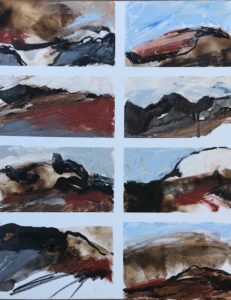
Here you can see some studio exercises this week as I was thinking on all this. I started with ink. And then overlaid with oils in some more subtle values. Each one of these small maquettes could be translated to more formal work. As I still have time, I will.
“Time is what defines our lives” says Paco Seirulo, Leo Messi’s coach, on how the champion soccer player employs his brain and his legs during split second decisions.
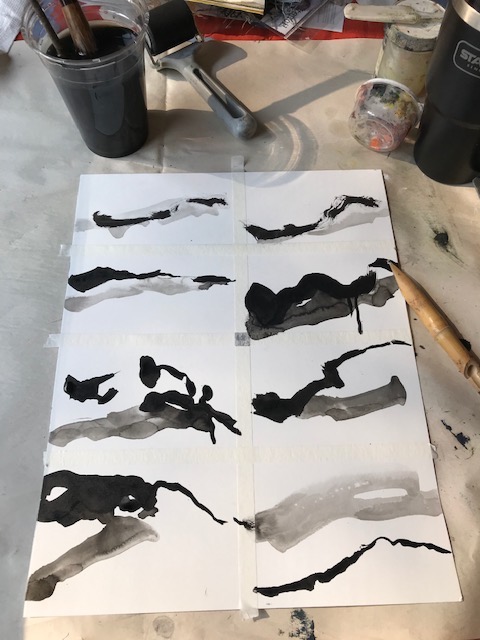
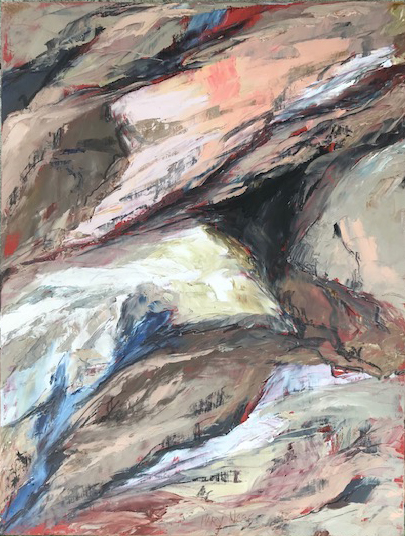
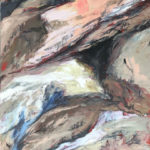
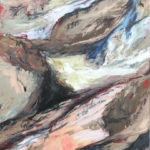


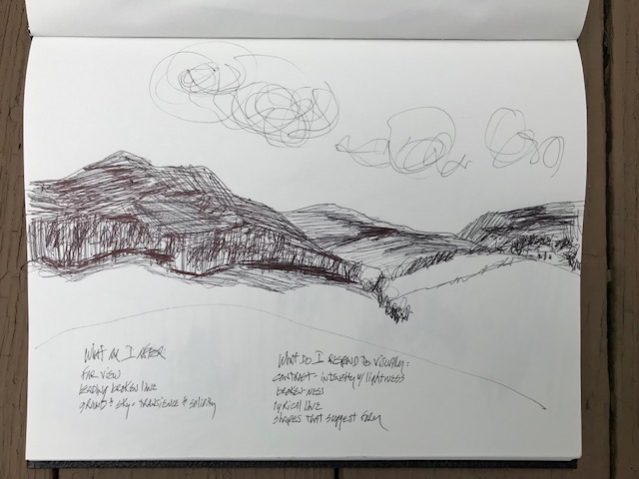

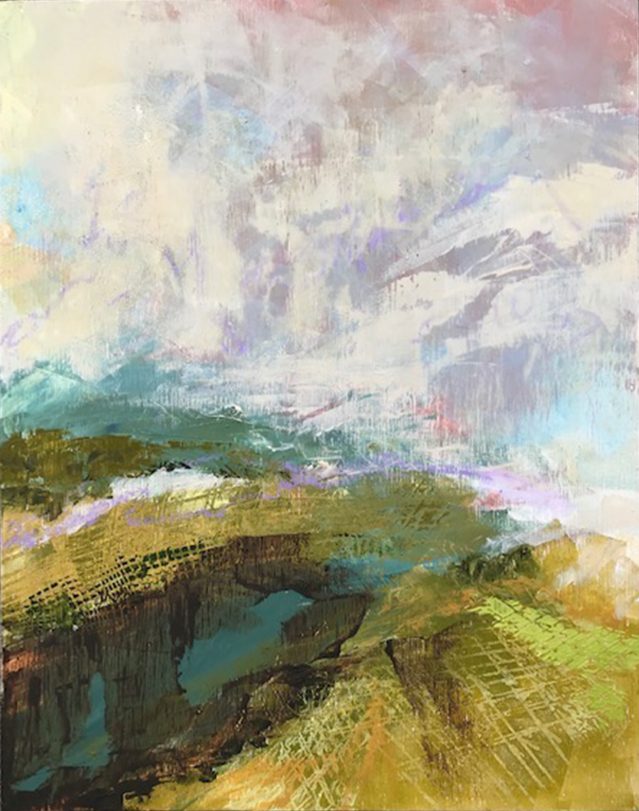

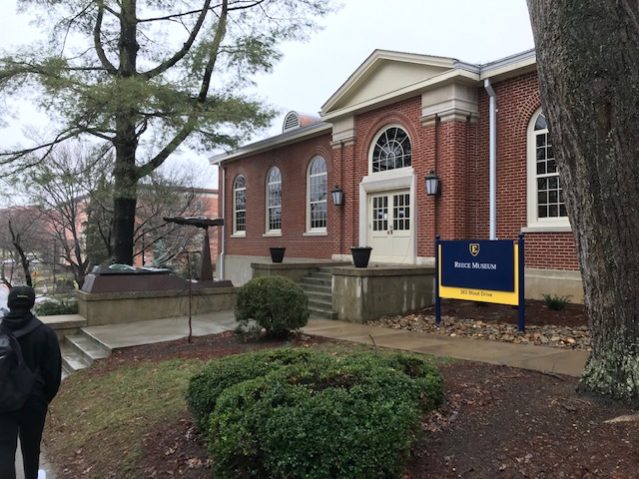
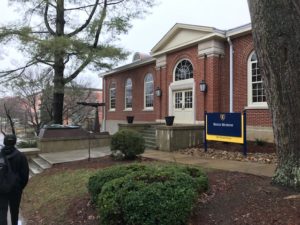
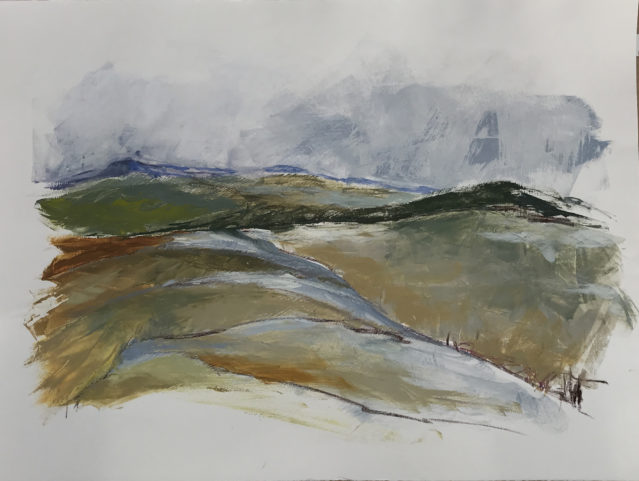
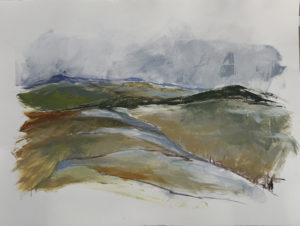
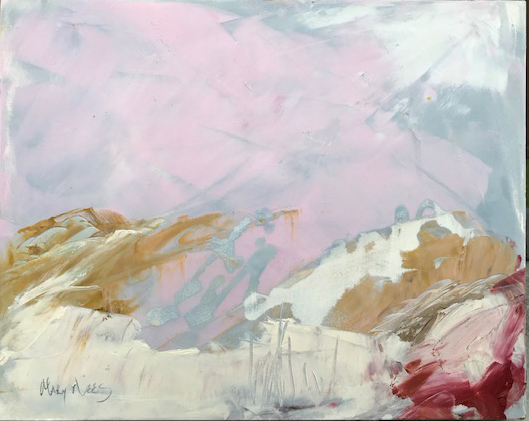
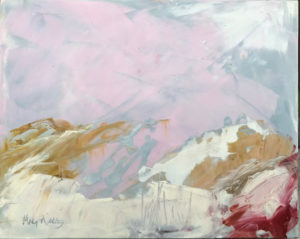 In one class there were so many folks that the teacher really couldn’t take much time beyond the basics, so I stayed in the back, one ear listening while I just worked and worked, turning out 5 pieces in 3 hours. The results were good. Here is one of them. What was the difference then for me compared to staying home and working? I am still thinking about that.
In one class there were so many folks that the teacher really couldn’t take much time beyond the basics, so I stayed in the back, one ear listening while I just worked and worked, turning out 5 pieces in 3 hours. The results were good. Here is one of them. What was the difference then for me compared to staying home and working? I am still thinking about that.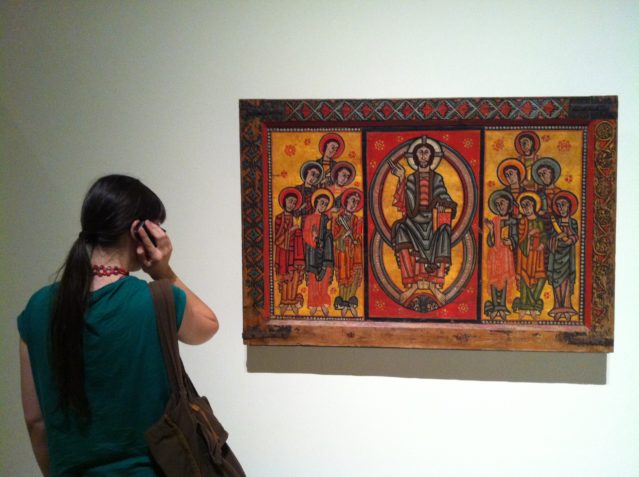
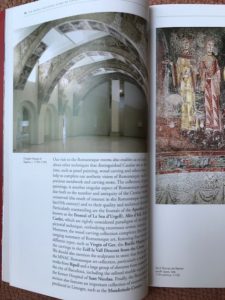 Barcelona’s National Museum of Catalonia has a collection of Romanesque murals that is unmatched by any museum in the world! Room after room gives one almost a time-machine opportunity to enter spaces that were situated in humble towns in the Pyrenees Mountains of Eastern Spain. These murals and sculptural pieces were then carefully removed to be preserved in the museum (imagine the public and private involvement to carry that feat out). Arranged in chronological (therefore stylistic) order, the spaces reveal the emerging imagery from small churches of the medieval period (11th-13thcenturies). What’s available then is a visualization of homegrown private conviction which was developed then displayed for public engagement. What was once internal became publically shared and what was then public becomes privately better understood. And this then down thru centuries for others to consider. Past into present. Imagine that ripple effect.
Barcelona’s National Museum of Catalonia has a collection of Romanesque murals that is unmatched by any museum in the world! Room after room gives one almost a time-machine opportunity to enter spaces that were situated in humble towns in the Pyrenees Mountains of Eastern Spain. These murals and sculptural pieces were then carefully removed to be preserved in the museum (imagine the public and private involvement to carry that feat out). Arranged in chronological (therefore stylistic) order, the spaces reveal the emerging imagery from small churches of the medieval period (11th-13thcenturies). What’s available then is a visualization of homegrown private conviction which was developed then displayed for public engagement. What was once internal became publically shared and what was then public becomes privately better understood. And this then down thru centuries for others to consider. Past into present. Imagine that ripple effect.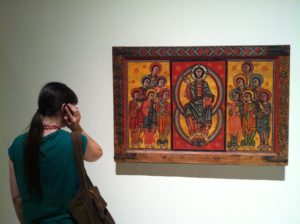 Here is a wooden altar panel I especially loved for its graphic punch, simplicity, and pattern. It’s a typical example of Byzantine flatness. Yet the abstraction of forms were rendered with human differentiation and quirkiness. The viewer of the time would have been able to relate. And the viewer now is carried into another world’s way of seeing, even if just catching a glimpse. What was private conviction of the artist became embedded in his public context, what simmered inwardly became visible for others to be able to look and see.
Here is a wooden altar panel I especially loved for its graphic punch, simplicity, and pattern. It’s a typical example of Byzantine flatness. Yet the abstraction of forms were rendered with human differentiation and quirkiness. The viewer of the time would have been able to relate. And the viewer now is carried into another world’s way of seeing, even if just catching a glimpse. What was private conviction of the artist became embedded in his public context, what simmered inwardly became visible for others to be able to look and see. “First I have the picture” Einstein reportedly said, “then I come up with the math”. Before any of us knew how to decode language, our little eyes trained on images. Even the cones on our retinae respond to color before form is understood. We begin from image impression, but then sometimes the more we “know” what’s in front of us, the less we can wholly grasp.
“First I have the picture” Einstein reportedly said, “then I come up with the math”. Before any of us knew how to decode language, our little eyes trained on images. Even the cones on our retinae respond to color before form is understood. We begin from image impression, but then sometimes the more we “know” what’s in front of us, the less we can wholly grasp.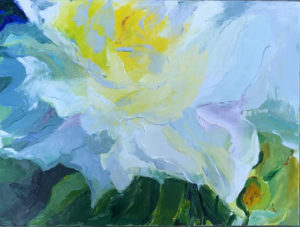 darks and lights from a photo of a magnolia blossom. What was important in translating this into paint was not “this is a magnolia’ but rather more than that, and I needed to take time to consider how. My oil color is carefully selected. But what excites me is the emergent shine, and the impasto lending toward a sense of exuberance. The cropping too was a choice, as if I am just teasing the viewer into only a glimpse. Glimpses for me are key, for if I try to tell the whole story, we’ll all get lost in words. There’s an energy in this translation into color that springs off the canvas. Usually I dive into work from an idea in my head, but to take the time to map it first, if even so simply, is important, and more than I knew. I’ve heard about the necessity of sketchbook planning, but since I’m not much of a draftsman and am also impatient, I’ve often skipped that part. “I see said the blind man”. So this mapping process was a win for me, and it’s informing further practice.
darks and lights from a photo of a magnolia blossom. What was important in translating this into paint was not “this is a magnolia’ but rather more than that, and I needed to take time to consider how. My oil color is carefully selected. But what excites me is the emergent shine, and the impasto lending toward a sense of exuberance. The cropping too was a choice, as if I am just teasing the viewer into only a glimpse. Glimpses for me are key, for if I try to tell the whole story, we’ll all get lost in words. There’s an energy in this translation into color that springs off the canvas. Usually I dive into work from an idea in my head, but to take the time to map it first, if even so simply, is important, and more than I knew. I’ve heard about the necessity of sketchbook planning, but since I’m not much of a draftsman and am also impatient, I’ve often skipped that part. “I see said the blind man”. So this mapping process was a win for me, and it’s informing further practice.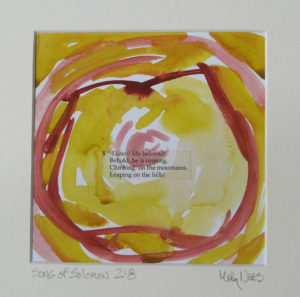 The little ones around us this week are learning to wait. “Can we have Daddy’s cake now that you have come in the door?” “Nini, can I play (bang) on the piano now?!’ “Are you done resting?” “Are you awake?” “Can you tell that story again Pop? Let’s go back in my room and pretend you’re putting me to bed! Tell it to me again, Pop!”
The little ones around us this week are learning to wait. “Can we have Daddy’s cake now that you have come in the door?” “Nini, can I play (bang) on the piano now?!’ “Are you done resting?” “Are you awake?” “Can you tell that story again Pop? Let’s go back in my room and pretend you’re putting me to bed! Tell it to me again, Pop!”